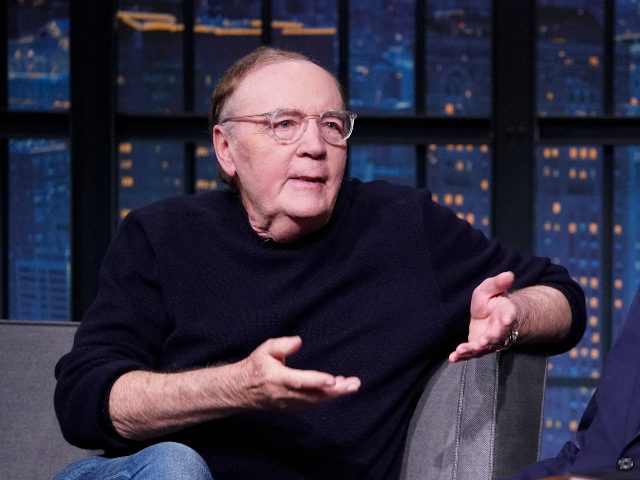Author James Patterson publicly accused the New York Times of “cooking” its famous “Best Sellers List” by undercutting books with better sales.
Last week Patterson, considered to be one of the wealthiest authors in the world alongside J.K. Rowling, raised suspicions over the paper’s Best Sellers List on Twitter, citing books that had tremendous sales but were further down on the list.
“What’s up with @NYTimes best seller lists? Anybody besides me notice that @MikePompeo’s book sold more copies than 6 titles on today’s list?” he asked.
“And, last week, J.D. Robb’s (that’s Nora Roberts’s pen name) novel wasn’t on the fiction list even though it was still selling more than 4 other titles there. By ‘best’ seller, does the Times mean best for their target audience?” he added.
Days later, when the New York Times failed to respond to his inquiry, he posted a letter to the editor they refused to publish. According to Patterson, “raw sales” are only a portion of what puts a book on the list.
I’m a longtime reader of The New York Times. Since 1971, when I first moved to New York City, I’ve devoured your paper. Every. Single. Day. … I’m also an author and have paid special attention to your book review section and to the bestseller lists it contains. As a reader of the newspaper, I know mistakes are sometimes made,’ he began.
A spirit of self-criticism and getting-it-right is too often absent from your bestseller lists.
Your claim in the fine print that ‘The panel of reporting retailers is comprehensive and reflects sales in tens of thousands of stores of all sizes and demographics across the United States’ should be reassuring. But it’s not. Because it’s bonkers. Tens of thousands of bookstores?
The real problem is where you say ‘Sales are statistically weighted to represent and accurately reflect all outlets proportionally nationwide.’ Because here you suggest your process has statistical rigor. And it simply doesn’t. As the nation’s bookstores and our publishing houses have known for years and can prove your lists too often are outside the realm of the statistically possible, much less plausible.
Patterson concluded his letter by challenging the Times to “please cut it out” and make the Best Seller List more of “a measure of what’s most popular with my fellow book-buying readers, as opposed to some Times-decreed value judgment on the method by which the books were sold.”
A New York Times spokesperson later told the Daily Mail the publication takes Patterson’s concerns seriously and explained the methodology.
“We responded to Mr. Patterson to let him know that we take his concerns seriously and are always reviewing our methods in compiling the Best-Seller Lists to ensure that we are best serving our readers,” said the spokesperson.
“Our bestsellers lists are based on detailed analysis of book sales from a wide range of retailers, tens of thousands of brick-and-mortar stores of all sizes, and numerous online book-selling vendors to best represent what is selling across the United States,” they added.

COMMENTS
Please let us know if you're having issues with commenting.